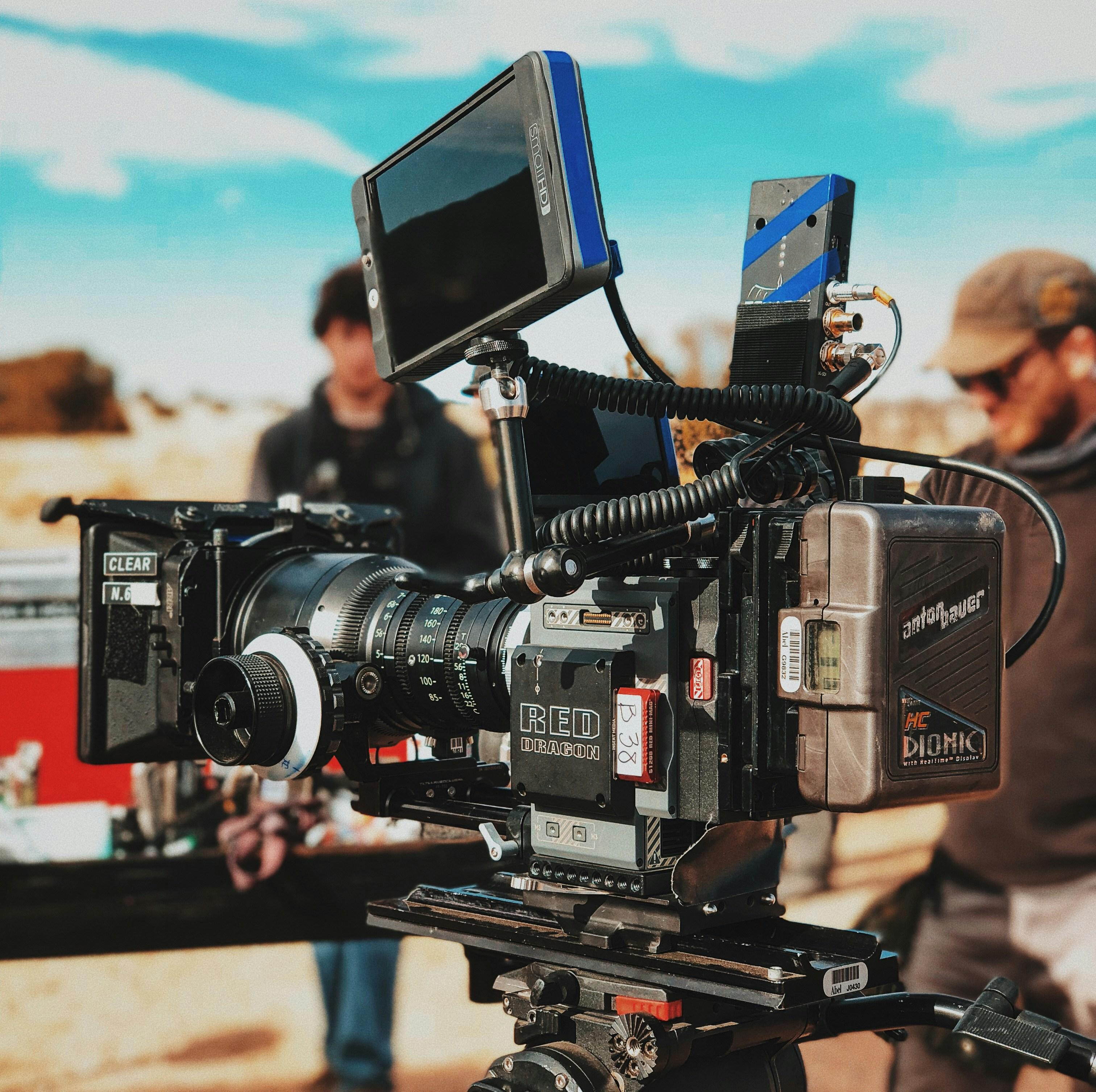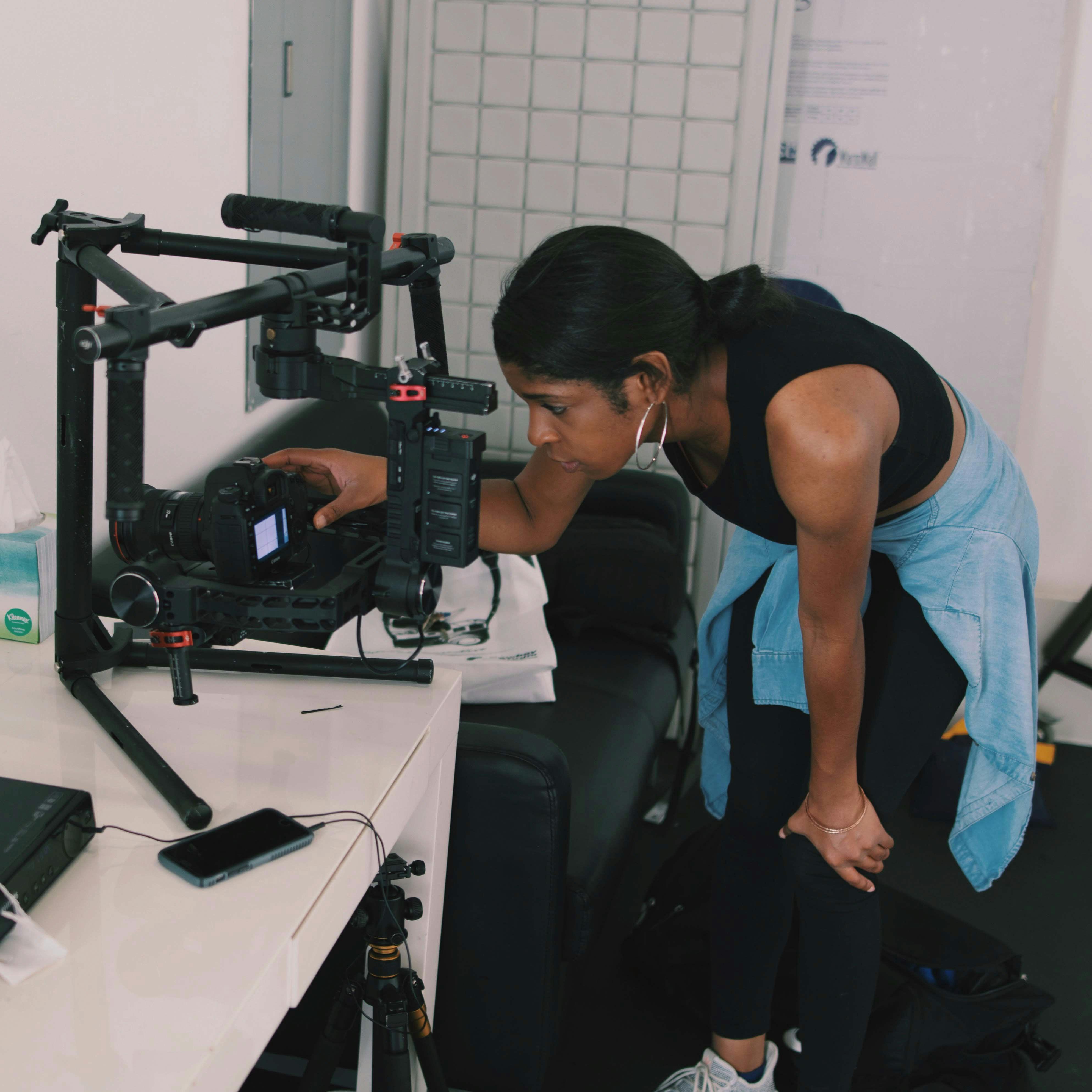In the realm of contemporary cinema, few films have captured the attention of both audiences and critics alike with their technical prowess and narrative innovation as ”1917,” directed by Sam Mendes. Released in 2019, this World War I epic is renowned not only for its gripping storyline but also for its audacious cinematography, helmed by the acclaimed Roger Deakins. The film’s visual storytelling is marked by a groundbreaking approach that simulates a continuous, unbroken shot, immersing viewers in a relentless journey through the trenches of war-torn Europe. This article delves into the bold cinematographic choices that define “1917,” exploring how these decisions enhance the film’s narrative intensity and emotional impact. By examining the meticulous planning, technical execution, and creative vision behind the camera work, we aim to understand how these elements collectively contribute to the film’s unique cinematic experience.
Crafting the Illusion of a Single Take
The film “1917” is renowned for its audacious approach to cinematography, meticulously crafting the illusion of a continuous single take. This technique immerses the audience in the relentless tension and urgency of the protagonist’s journey. Director Sam Mendes and cinematographer Roger Deakins masterfully orchestrated this cinematic sleight of hand through a combination of clever camera work, seamless editing, and innovative technology.
- Invisible Cuts: Through the use of cleverly disguised cuts hidden by motion, darkness, or objects passing in front of the lens, the film maintains the fluidity of a single, unbroken shot.
- Complex Camera Movements: The camera glides and weaves through the battlefield, using a combination of cranes, Steadicams, and handheld shots to create a dynamic and immersive perspective.
- Natural Lighting: By relying heavily on natural light, Deakins enhances the authenticity of the scenes, further blurring the lines between cuts and maintaining the illusion of real-time storytelling.
This bold choice in cinematography not only serves to enhance the narrative’s emotional impact but also showcases the technical prowess and creativity required to achieve such a feat. It challenges traditional filmmaking norms and elevates the storytelling experience, leaving audiences in awe of its seamless execution.

Exploring the Use of Natural Light and Color Palette
In “1917”, the cinematographer Roger Deakins employs natural light and a meticulous color palette to evoke the rawness of World War I. Natural light plays a pivotal role in enhancing the realism and immediacy of the film’s continuous shot technique. The choice to use natural lighting creates a visceral connection to the environment, allowing the audience to experience the unpredictable and harsh conditions of the battlefield alongside the characters. The shifts in light, from the golden hues of dawn to the stark shadows of night, mirror the emotional journey of the protagonists and underscore the film’s narrative tension.
- Authenticity: Natural lighting provides a genuine depiction of the time period, avoiding artificiality and allowing the landscape to speak for itself.
- Emotional Resonance: The interplay of light and shadow captures the characters’ internal struggles, with color transitions that reflect their evolving states of mind.
- Immersion: By embracing the unpredictable nature of natural light, the film draws viewers into its world, creating an immersive and continuous visual experience.
The color palette of “1917” is equally intentional, emphasizing earthy tones and muted shades that highlight the bleakness and desolation of war. Color choices serve as a narrative device, with each hue carefully selected to enhance the storytelling. The use of desaturated colors reflects the somber reality of the soldiers’ experiences, while moments of vibrant color punctuate the film, symbolizing hope or danger. This deliberate contrast not only maintains visual interest but also subtly guides the audience’s emotional response, reinforcing the thematic undercurrents of survival and sacrifice.
Analyzing Camera Movements and Their Impact on Storytelling
The film “1917” employs a unique cinematographic technique that serves as a powerful tool for storytelling: the use of long, continuous shots. This bold choice creates an immersive experience, drawing viewers directly into the narrative as if they are accompanying the protagonists on their perilous journey. Camera movements in “1917” are meticulously crafted to maintain the illusion of a single, unbroken take, allowing the tension and urgency of the story to unfold in real-time. This technique not only heightens the emotional engagement of the audience but also reflects the relentless nature of the characters’ mission, underscoring the immediacy and stakes of their environment.
Several key elements contribute to the effectiveness of these camera movements in enhancing the film’s storytelling:
- Seamless Transitions: The use of clever transitions ensures that the narrative flow remains uninterrupted, keeping viewers constantly engaged.
- Dynamic Angles: Shifting perspectives provide depth to the characters’ experiences, revealing both the grandeur and the peril of their surroundings.
- Emotional Proximity: By keeping the camera in close proximity to the actors, the audience experiences the intensity of the moment, mirroring the characters’ emotional states.
These choices not only contribute to the visual appeal of the film but also serve as a narrative device, effectively communicating the story’s themes and emotions without the need for extensive dialogue or exposition.

Recommendations for Filmmakers Inspired by 1917s Techniques
The groundbreaking visual storytelling in “1917” serves as a masterclass in immersive filmmaking, offering several key takeaways for filmmakers aiming to adopt similar techniques. At the forefront is the illusion of a single continuous shot, a bold choice that heightens tension and fosters an intimate viewer experience. Filmmakers should consider this approach to create a seamless narrative flow, leveraging long takes and precise choreography to maintain audience engagement.
- Meticulous Planning: Storyboarding and pre-visualization are crucial. Every movement of the camera should serve the story, requiring detailed coordination between the director, cinematographer, and actors.
- Natural Lighting: Embrace natural light to add authenticity. Roger Deakins’ use of ambient lighting in “1917” enhances realism, making scenes feel more immediate and visceral.
- Dynamic Blocking: Utilize dynamic actor and camera blocking to convey narrative shifts and emotional beats without cutting away, keeping the audience firmly rooted in the film’s world.
Incorporating these techniques requires not only technical proficiency but also a creative vision that prioritizes storytelling through visuals. By studying “1917,” filmmakers can learn how to push the boundaries of traditional cinematography to craft more engaging and innovative films.
